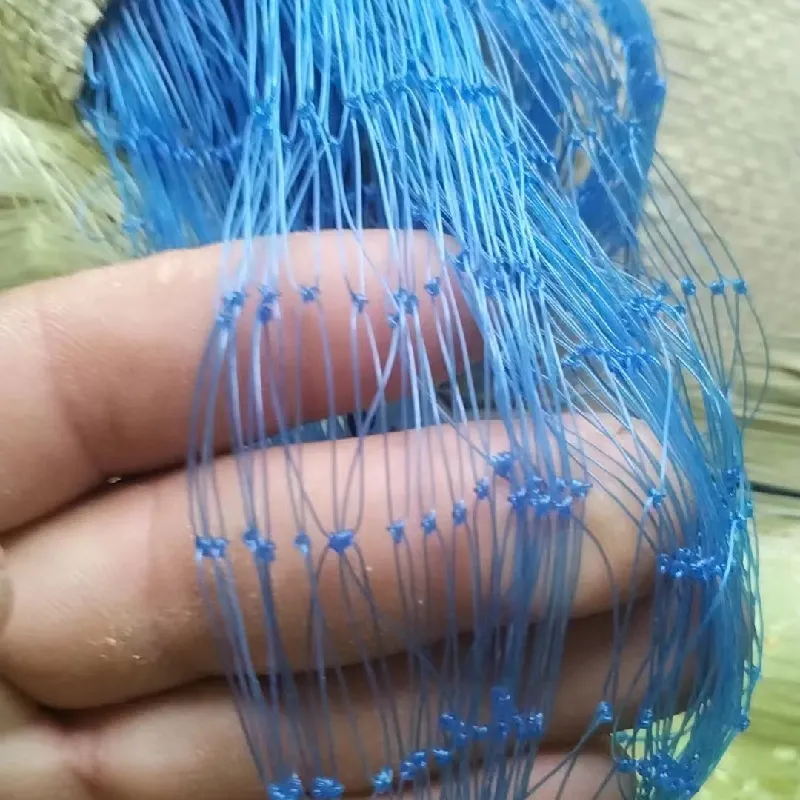-
 Afrikaans
Afrikaans -
 Albanian
Albanian -
 Amharic
Amharic -
 Arabic
Arabic -
 Armenian
Armenian -
 Azerbaijani
Azerbaijani -
 Basque
Basque -
 Belarusian
Belarusian -
 Bengali
Bengali -
 Bosnian
Bosnian -
 Bulgarian
Bulgarian -
 Catalan
Catalan -
 Cebuano
Cebuano -
 China
China -
 Corsican
Corsican -
 Croatian
Croatian -
 Czech
Czech -
 Danish
Danish -
 Dutch
Dutch -
 English
English -
 Esperanto
Esperanto -
 Estonian
Estonian -
 Finnish
Finnish -
 French
French -
 Frisian
Frisian -
 Galician
Galician -
 Georgian
Georgian -
 German
German -
 Greek
Greek -
 Gujarati
Gujarati -
 Haitian Creole
Haitian Creole -
 hausa
hausa -
 hawaiian
hawaiian -
 Hebrew
Hebrew -
 Hindi
Hindi -
 Miao
Miao -
 Hungarian
Hungarian -
 Icelandic
Icelandic -
 igbo
igbo -
 Indonesian
Indonesian -
 irish
irish -
 Italian
Italian -
 Japanese
Japanese -
 Javanese
Javanese -
 Kannada
Kannada -
 kazakh
kazakh -
 Khmer
Khmer -
 Rwandese
Rwandese -
 Korean
Korean -
 Kurdish
Kurdish -
 Kyrgyz
Kyrgyz -
 Lao
Lao -
 Latin
Latin -
 Latvian
Latvian -
 Lithuanian
Lithuanian -
 Luxembourgish
Luxembourgish -
 Macedonian
Macedonian -
 Malgashi
Malgashi -
 Malay
Malay -
 Malayalam
Malayalam -
 Maltese
Maltese -
 Maori
Maori -
 Marathi
Marathi -
 Mongolian
Mongolian -
 Myanmar
Myanmar -
 Nepali
Nepali -
 Norwegian
Norwegian -
 Norwegian
Norwegian -
 Occitan
Occitan -
 Pashto
Pashto -
 Persian
Persian -
 Polish
Polish -
 Portuguese
Portuguese -
 Punjabi
Punjabi -
 Romanian
Romanian -
 Russian
Russian -
 Samoan
Samoan -
 Scottish Gaelic
Scottish Gaelic -
 Serbian
Serbian -
 Sesotho
Sesotho -
 Shona
Shona -
 Sindhi
Sindhi -
 Sinhala
Sinhala -
 Slovak
Slovak -
 Slovenian
Slovenian -
 Somali
Somali -
 Spanish
Spanish -
 Sundanese
Sundanese -
 Swahili
Swahili -
 Swedish
Swedish -
 Tagalog
Tagalog -
 Tajik
Tajik -
 Tamil
Tamil -
 Tatar
Tatar -
 Telugu
Telugu -
 Thai
Thai -
 Turkish
Turkish -
 Turkmen
Turkmen -
 Ukrainian
Ukrainian -
 Urdu
Urdu -
 Uighur
Uighur -
 Uzbek
Uzbek -
 Vietnamese
Vietnamese -
 Welsh
Welsh -
 Bantu
Bantu -
 Yiddish
Yiddish -
 Yoruba
Yoruba -
 Zulu
Zulu
gfrp mesh
The Advantages of GFRP Mesh in Modern Construction
Glass Fiber Reinforced Polymer (GFRP) mesh has emerged as an innovative alternative in modern construction and civil engineering. Composed of a matrix of glass fibers embedded in a polymer resin, GFRP mesh combines high strength with lightweight characteristics, making it an increasingly popular choice for a variety of applications.
Structural Integrity and Durability
One of the primary advantages of GFRP mesh is its exceptional structural integrity. It exhibits impressive tensile strength, which means it can withstand significant forces without deforming. This property is crucial in applications such as concrete reinforcement, where ensuring the longevity and durability of structures is paramount. The mesh effectively distributes loads, minimizing points of stress that can lead to failure in traditional materials.
Moreover, GFRP is highly resistant to corrosion, unlike steel. This resistance significantly enhances the lifespan of structures, especially in environments where moisture, chemicals, or saline conditions are present. In marine constructions, wastewater treatment facilities, and even in bridges, GFRP mesh proves to be a superior alternative due to its longevity.
The Advantages of GFRP Mesh in Modern Construction
Another compelling feature of GFRP mesh is its lightweight nature. Compared to traditional steel reinforcement, GFRP is much lighter, making it easier and safer to handle during installation. This reduction in weight also leads to decreased transportation costs and simplifies logistical challenges on construction sites. Workers can manage larger quantities of GFRP mesh without the need for heavy machinery, thereby streamlining the construction process.
gfrp mesh

Sustainability and Cost-Effectiveness
In an era where sustainability is increasingly important, GFRP mesh stands out for its environmentally friendly attributes. The production process of GFRP is less energy-intensive compared to that of steel, and its longevity reduces the frequency of repairs and replacements, leading to lower overall resource consumption. Additionally, the longer lifespan of GFRP translates to cost savings over time. While the initial investment may be higher than traditional materials, the reduction in maintenance and replacement costs proves financially beneficial in the long run.
Versatility in Applications
GFRP mesh is versatile and adaptable, making it suitable for a wide range of applications. It can be used in various construction scenarios, including residential, commercial, and industrial projects. Its effectiveness in reinforcing concrete slabs, walls, and even pavements demonstrates its adaptability. Furthermore, GFRP can be engineered to meet specific design requirements, offering flexibility that is essential in modern architectural designs.
Conclusion
In summary, GFRP mesh presents a plethora of advantages that make it an attractive option in contemporary construction. Its structural integrity, lightweight properties, resistance to corrosion, sustainability, and versatility position it as a forward-thinking solution in the industry. As construction techniques evolve and the demand for innovative materials grows, GFRP mesh is likely to play a crucial role in shaping the future of building and infrastructure projects. Embracing materials like GFRP not only enhances the performance of constructions but also aligns with the global push towards sustainable and efficient building practices.
-
Shipping Plastic Bags for Every NeedNewsJul.24,2025
-
Safety Netting: Your Shield in ConstructionNewsJul.24,2025
-
Plastic Mesh Netting for Everyday UseNewsJul.24,2025
-
Nylon Netting for Every UseNewsJul.24,2025
-
Mesh Breeder Box for Fish TanksNewsJul.24,2025
-
Expanded Steel Mesh Offers Durable VersatilityNewsJul.24,2025











